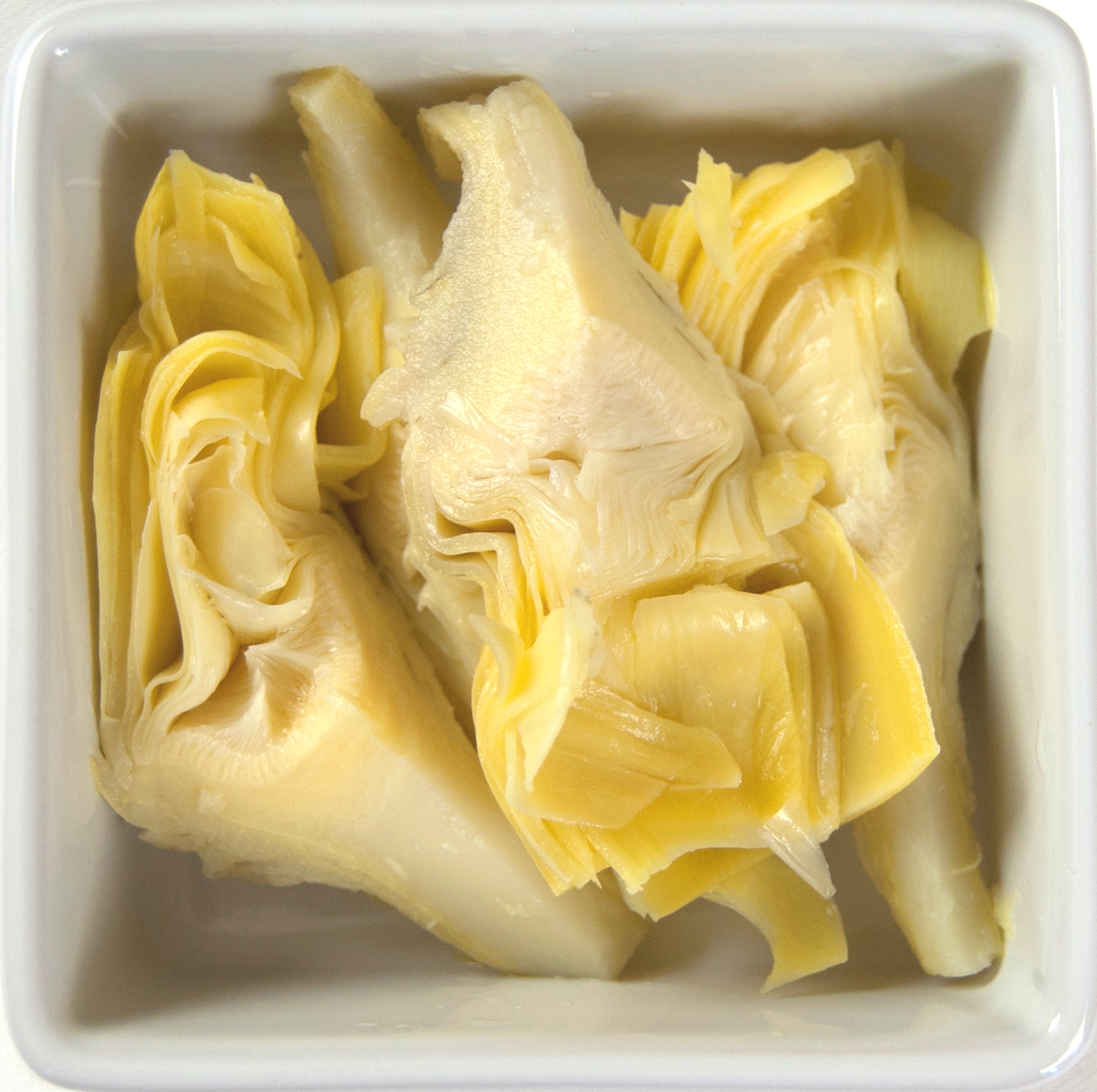
Artichokes are considered a vegetable, but they are part of the sunflower family. They are the bud of the plant’s flower with a bundle of tightly layered leaves, which can be peeled back to reveal the artichoke heart. The artichoke is often associated with Mediterranean countries, but Peru is actually the third largest exporter of artichokes in the world. The artichokes that grow in Peru are Amazonian in size and character, with huge leaves and sharp claw like thorns on the end.
Artichokes can be eaten in a number of ways. They can be eaten on their own or in dishes such as pastas, pizza, stews, or summer salads. They can also be incorporated into muffins, mousse, or into a dip such as the popular spinach and artichoke dip.
Artichokes contain the most antioxidants of any vegetable and they place seventh in a ranking of 1,000 different antioxidant foods. They contain a flavonoid called silymarin, which helps protect liver cells and supports liver health. This flavonoid has been proven to stimulate cell regeneration and fight free radicals, which can help clear some of the toxic load the liver would otherwise have to process. This vegetable is also a good source of dietary fiber and can lower the risk of developing heart disease by lowering blood pressure and cholesterol levels. Additionally, it decreases the risk of diabetes by improving blood sugar levels and insulin sensitivity in nondiabetic and diabetic individuals.





